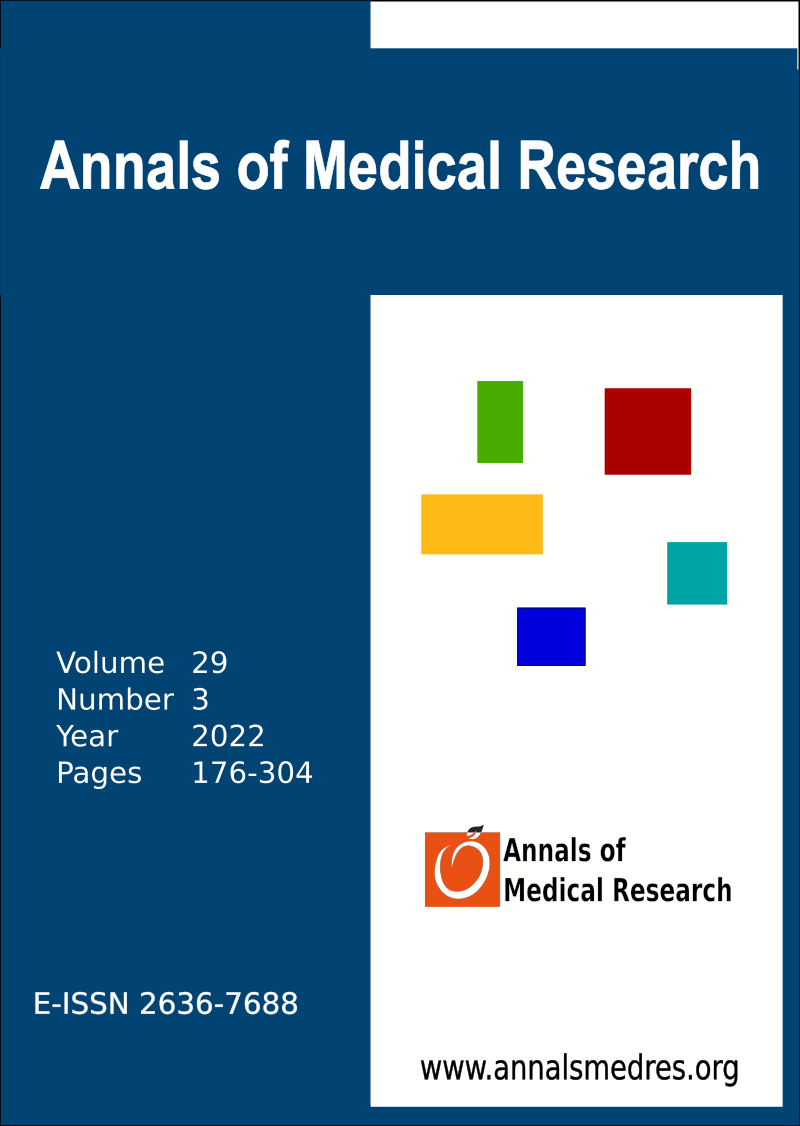Knotted all-suture anchors and knotted titanium suture anchors are not clinically superior to each other in isolated type II slap tear repair: A minimum 2-year follow-up
Keywords:
Shoulder arthroscopy, suture anchors, SLAPAbstract
Aim: This study aimed to compare the mid-term clinical outcomes of using knotted titanium suture anchors (TSA) and knotted all-suture anchors (ASA) in the surgical repair of type II superior labral anterior to posterior (SLAP) lesions.
Materials and Methods: In this retrospective cohort study, data of patients who underwent isolated SLAP repair in a single center between 2014 and 2019 were examined. American Shoulder and Elbow Surgery (ASES) score, University of California Los Angeles (UCLA) shoulder score, and visual analog scale (VAS) were used for functional assessment preoperatively and at the final follow-up.
Results: Of the 44 patients, 24 underwent SLAP repair with ASA, while 20 received treatment with TSA. Overall, 61.4% of the patients were male and the mean age was 34.95 ± 10.67 years. No significant difference was found between the groups in terms of gender, age, affected side, sports activity, and follow-up time (p = 0.865, p = 0.865, p = 1.0, p = 0.967, and p = 0.846, respectively). ASES, UCLA, and VAS scores at the last follow-up were significantly better than the preoperative scores in both groups (p < 0.001, for all). No significant difference was noted between the groups in terms of both preoperative and last follow-up scores (p > 0.05). Re-rupture was detected in one patient in each group, and tenotomy was performed as revision surgery.
Conclusions: The mid-term clinical results of using knotted TSAs or knotted ASAs in arthroscopic surgery for isolated type II SLAP lesions were comparable. No significant difference was found between the groups in terms of functionality, satisfaction, and pain.
Downloads
Published
Issue
Section
License
Copyright (c) 2022 The author(s)

This work is licensed under a Creative Commons Attribution-NonCommercial-NoDerivatives 4.0 International License.
CC Attribution-NonCommercial-NoDerivatives 4.0






